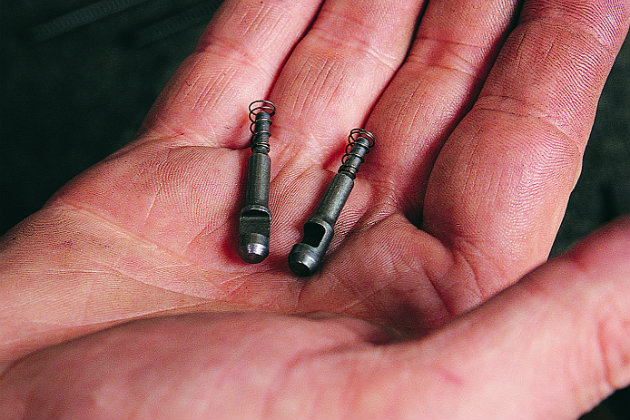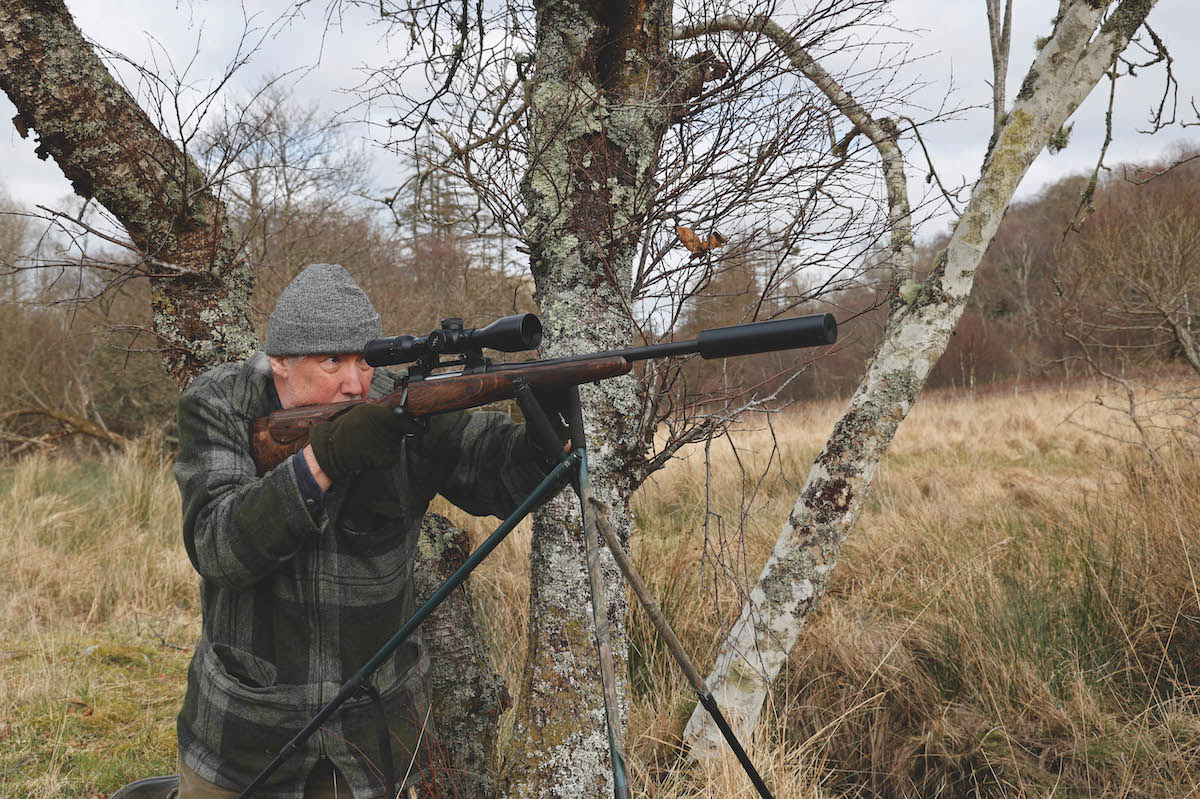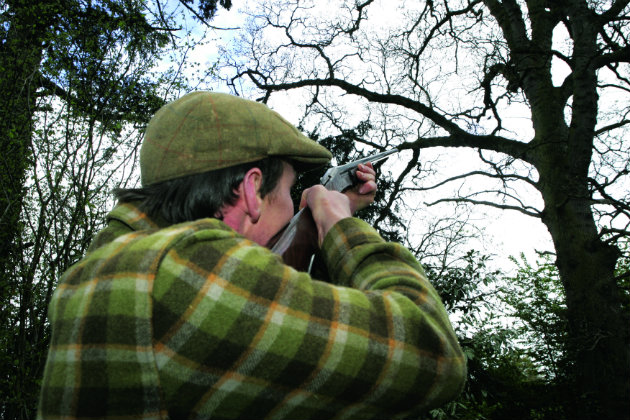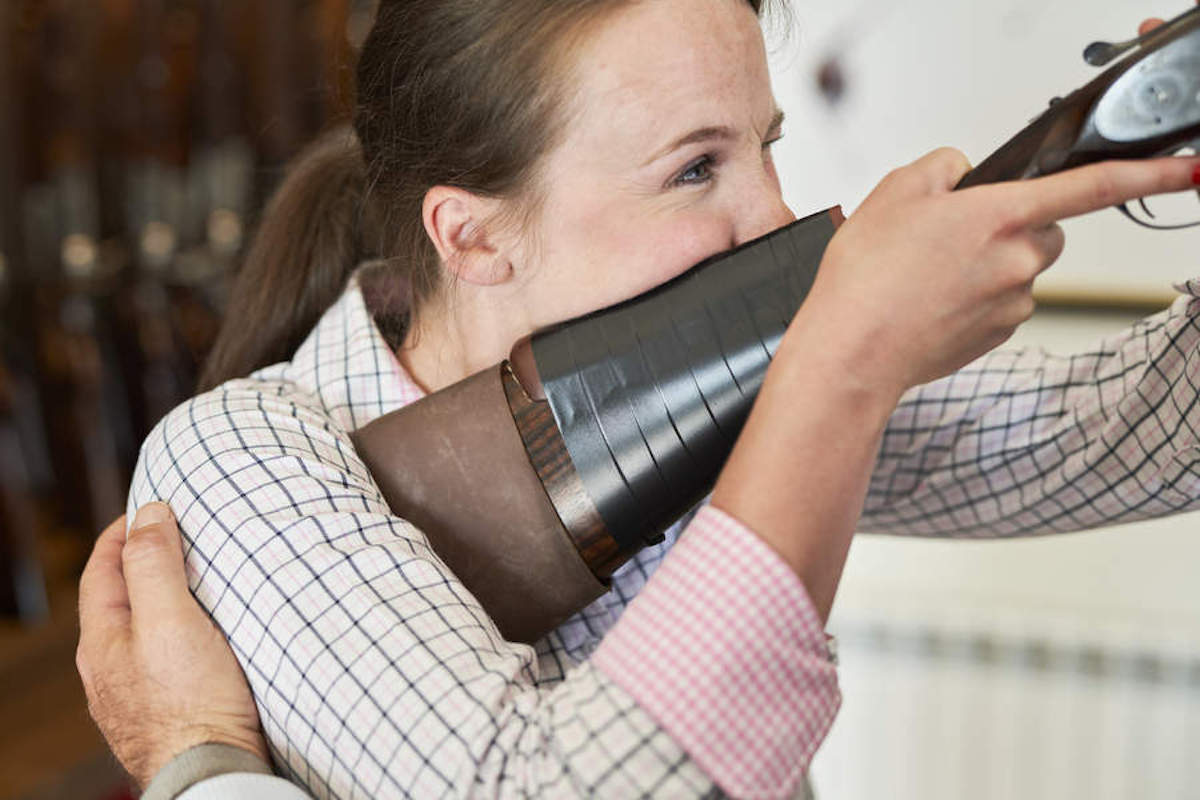How to repair a broken firing pin
Bruce Potts explains how to check for a broken firing pin and get it repaired

Spares such as firing pins are still available from GMK
A firing pin is usually well hardened to take repeated firing and contact with the primer to initiate the ignition process, but over time they can become damaged by loose brass filings, fouling or harsh use, so that the end of the pin can be reduced in length, thus not reaching as far forward as usual.
In addition, the spring that tensions the pin will weaken over time so that the primer may not be struck as forcefully as it should be.
It’s worth removing the bolt and checking out these points as part of your gun maintenance routine, or taking the gun to a reliable gunsmith to be checked.
Checking the firing pin – a step by step guide
Q: I have a Browning A-Bolt .22 rimfire that is excellent but it has started to misfire and the dent in the case looks a bit shallow. What’s the problem?
A: I think you might have answered the question yourself. So long as you have not changed the ammunition you are using and misfires suddenly occur, it is always worth checking the condition of the firing pin.
Without a firing pin a rifle becomes nothing more than an ornament. It is important to check the end of the firing pin for damage and to measure how far the pin protrudes from the bolt face, as too much or too little protrusion can cause cartridge ignition problems, which you seem to be having. To see how much a firing pin protrudes from the bolt face, you need to de-cock the bolt as though the rifle has fired so the firing pin sticks out of the bolt face. This means rotating the bolt shroud so the bolt handle is lowered – it will be stiff.
Now check the condition of the pin’s face for cracks, flats, rust or pints and measure its protrusion – it should not be more or less than the manufacturer’s specifications. Too much protrusion and a pierced primer can result, with a rapid escape of gas to your face. Too little and the primer can fail to go off. I would suggest your rimfire is suffering from the latter and you should consult a gunsmith for replacement.
It is is also worth checking another batch of ammunition just in case the brass hardness or thickness from that batch has changed. It happens.












